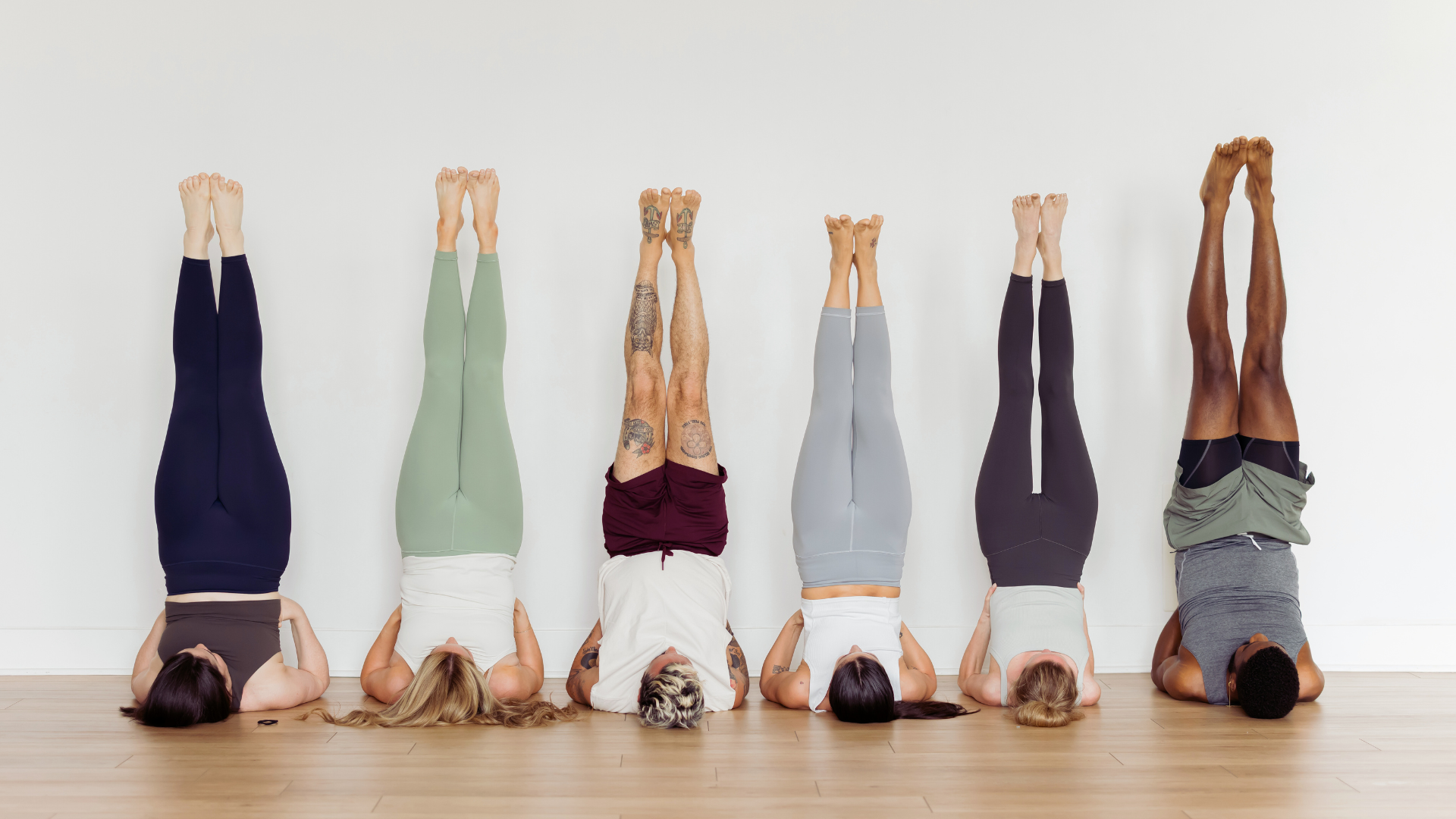
"Want to know a weird but true thing about inversions in yoga? Sometimes the difference between feeling heavy and struggling against gravity versus feeling lifted and liberated comes down to your toes. Yep. Your toes. After nearly two decades of teaching and practicing inversions-such as Handstand, Forearm Stand, Headstand, and Shoulderstand, I've learned that one seemingly insignificant detail creates a dynamic, upward-moving energy that completes the pose and brings everything together."
"I know that might sound ridiculous. You're upside down, pressing through your hands, straightening your arms, somewhat desperately trying to maintain your focus, and somehow your toes are what's keeping you from nailing your balance? It might not be the first action you focus on while handstanding, nor should it be. But it's the one that might revolutionize the way you progress in your inversion practice."
"If you've ever felt stuck in your inversions-like you're working so hard and not getting anywhere-look to the places where you've stopped paying attention. Often, it's the feet. They may feel too far away to matter, but they do. The toes are your finishing touch. The thing that makes your pose feel more like flight and less like a struggle. Let's talk about how this works."
Spreading the toes during inversions generates upward-moving energy that helps lift the body and complete the pose. Toe spreading engages the feet and connects through the heels to activate the back of the legs and posterior chain. Many practitioners neglect the feet when focusing on hand placement, but toe engagement serves as a finishing touch that shifts effort from struggle to flight. The same toe-spreading principle used for steadiness in standing poses applies upside down to enhance alignment, balance, and stability. Small adjustments in the feet can produce significant changes in balance and progression for handstand, forearm stand, headstand, and shoulderstand.
Read at Yoga Journal
Unable to calculate read time
Collection
[
|
...
]